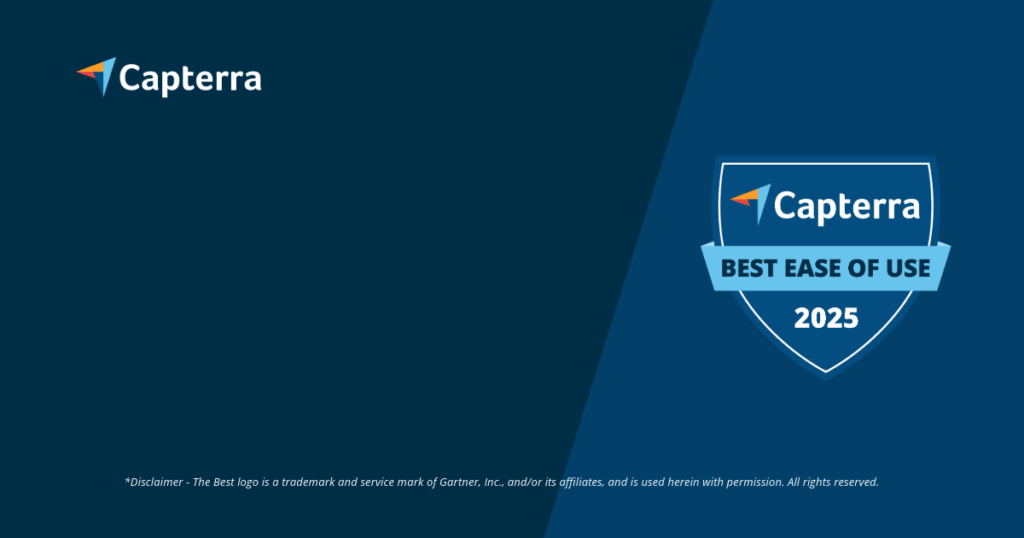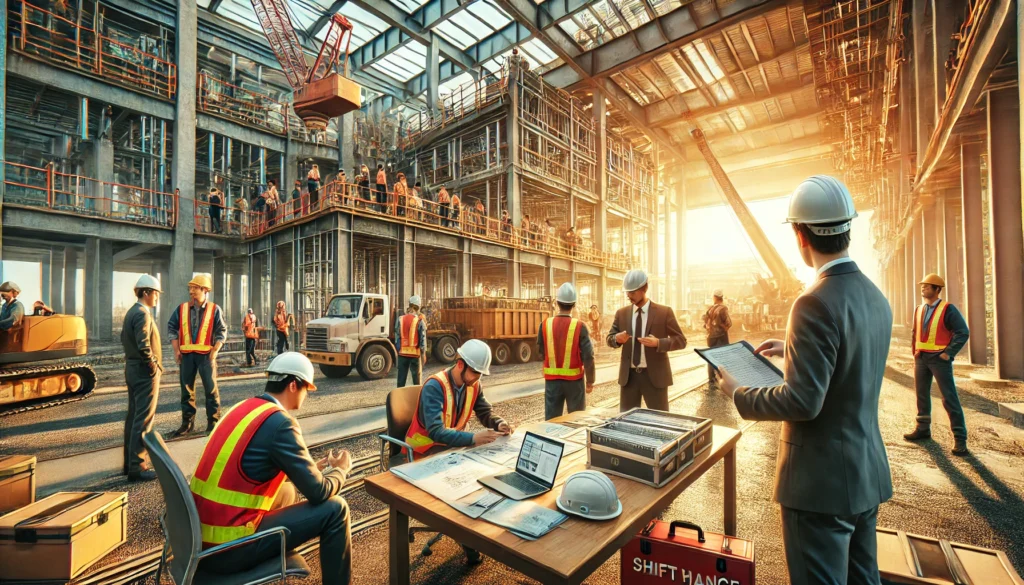Market Situation 2025: A Sector in Transition
The construction industry faces a challenging situation in 2025. Following a real revenue decline of 4% in 2024, another decrease of 2.5% is expected for 2025. Particularly, residential construction remains a concern: with an anticipated 220,000 completions, the government target of 400,000 homes will again be significantly missed. The number of employees in the construction sector is expected to decrease by around 23,000 to 895,000.
At the same time, the civil engineering sector is showing itself to be extremely robust with an expected real growth of 4.5%. This development is driven by urgently needed investments in infrastructure, such as the railway network of Deutsche Bahn or the expansion of power lines. The municipal investment backlog reached €186.1 billion in 2023, highlighting the enormous demand. These figures illustrate a division in the market and force companies to adjust their strategies. The Development of the Construction Industry is largely dependent on the ability to adapt.
This economic situation acts as a catalyst for the subsequent trends, as efficiency and optimized processes become vital.
Trend 1: Digital Transformation for Efficiency Enhancement
Digitalization is the key lever to remain profitable despite cost pressure. Technologies like Building Information Modeling (BIM) and the use of drones for construction progress documentation are being adopted across the industry. The next step is the integration of Artificial Intelligence (AI), which supports resource planning and risk analysis and ensures data-driven optimization of construction timelines.
However, one of the biggest hurdles remains acceptance on the construction site. Complex software often fails due to practicality. Here lies the opportunity for simpler tools: comprehensive and digital construction documentation must work without the need for training. The automatic assignment of photos, messages, and documents to digital site reports saves project managers up to 60 minutes a day.
The benefits of a well-thought-out digitalization strategy are clearly measurable:
- Higher efficiency: Automated processes reduce manual documentation efforts by up to 80%.
- Improved project control: Real-time data from construction progress enables faster and more informed decisions in the office.
- Cost savings: Precise planning and early detection of defects prevent costly rework and delays.
- Legal certainty: Comprehensive, immutable documentation is crucial in disputes and can secure up to 10% of the construction sum.
The consistent digitalization of communication and documentation is therefore no longer an option, but the foundation for the next trend: sustainability.
Trend 2: Sustainability as a Strategic Necessity
The construction sector is responsible for nearly 40% of global CO2 emissions and is thus the focus of climate policy. The EU taxonomy regulation establishes binding criteria for what is considered “ecologically sustainable” and increases pressure on the entire value chain. Companies must document their CO2 emissions transparently to retain access to financing and public contracts.
This trend goes far beyond the energy efficiency of buildings. The industry is moving towards a genuine circular economy. The use of recycled building materials and the planning of dismantlable buildings are becoming crucial competitive factors. Precise documentation of the materials used is a prerequisite for later recycling and is required by certification systems such as DGNB or LEED. A sustainable construction industry is inconceivable without comprehensive evidence.
Implementation requires precise recording of all processes—from material delivery to waste management. Digital tools that easily and passively capture this evidence on the construction site are essential. Only then can ecological sustainability be aligned with economic sustainability, which directly leads to the optimization of construction processes.
Trend 3: Industrial Construction for Greater Speed and Precision
Serial and modular construction are the industry’s response to the shortage of time, skilled workers, and affordable housing. By prefabricating components or entire room modules in the factory, construction time on-site is drastically reduced, and quality is increased through controlled industrial processes. This approach also minimizes material waste and reduces susceptibility to errors.
Closely linked is the method of Lean Construction Management. The goal is to streamline all processes and eliminate waste. Experts estimate that switching to Lean Management can accelerate a construction project by up to 30%. This requires perfect coordination and communication between all trades— a challenge that is hardly manageable without digital support.
The following aspects are crucial in industrial construction:
- Precise planning: BIM models form the basis for tailored prefabrication.
- Just-in-time logistics: The delivery of modules to the construction site must be precisely timed.
- Seamless communication: All parties involved, from the factory to the construction site, need a consistent information status.
- Quality assurance: Documentation of assembly and any defects must occur in real-time.
These new construction methods only function with excellent organization, which is further pressured by the pervasive shortage of skilled workers.
Trend 4: Skills Shortage as a Driver for Innovation
The shortage of qualified labor remains one of the biggest challenges for the construction industry. However, it also forces companies to think fundamentally differently and thus becomes a crucial driver for digitalization and automation. When less personnel is available, the productivity of each individual must be increased. This is exactly where modern tools come into play.
Particularly important is ease of use. Employees on the construction site, often with different linguistic and technical backgrounds, need to be integrated into digital processes without barriers. Solutions based on familiar applications like WhatsApp that provide live translation in over 10 languages overcome language barriers and increase acceptance by over 90%. Der Skills shortage in the construction industry requires smart, not complicated solutions.
By simplifying communication and documentation, skilled workers are relieved of administrative tasks and can focus on their core competencies. This not only increases efficiency but also enhances employee satisfaction and the attractiveness of the employer. Thus, the biggest challenge becomes an opportunity for modernization.
Conclusion: Your Advantage with Valoon
The trends in the construction industry for 2025 clearly show: Those who do not invest in simple and efficient digital processes now will fall behind. The challenges posed by cost pressure, sustainability requirements, and skills shortages can only be mastered with intelligent tools that are accepted both in the office and on the construction site.
Valoon was specifically developed for these needs. Our platform uses WhatsApp as a base, making legal construction documentation, cross-trade communication, and defect management easier than ever before. You save valuable time, reduce costs, and increase the legal certainty of your projects—without any training effort for your team on-site. Take the decisive step and transform the biggest hurdles in the industry into your competitive advantage.
Are you ready to equip your construction processes for the future? Book your free demo now and discover how Valoon revolutionizes communication and documentation in your company.
More Links
Fraunhofer Institute for Building Physics (IBP) provides a press release on the transformation in the construction industry.
Main Association of the German Construction Industry provides information on the topic of digitalization in the construction sector.
Federal Association of Construction Software (BVBS) offers information on digitalization in the construction industry.
FAQ
How can I make my construction documentation legally secure without overwhelming my employees?
The key lies in simplicity. Valoon uses the familiar interface of WhatsApp so that no new app needs to be learned. All messages, photos, and documents are automatically and immutably stored in the digital construction diary, ensuring maximum legal certainty with minimal effort.
Does Valoon support the new requirements for sustainability documentation?
Yes. With Valoon, you can document all relevant processes, material deliveries, and disposal evidence directly on site via photo and text. This data is stored centrally and transparently and can serve as proof for certifications and compliance with EU taxonomy criteria.
Our teams on-site speak many different languages. How does Valoon help with that?
Valoon has an integrated live translation feature for over 10 languages. An employee can write an instruction in their native language or send it as a voice message, and recipients receive it in their preferred language. This reduces misunderstandings and increases safety and efficiency.
Is communication via Valoon and WhatsApp GDPR compliant?
Yes. Valoon acts as a secure gateway. All communication is routed through our servers in Germany and archived there securely and in accordance with GDPR. The private use of WhatsApp on site is thus transferred into a professional and protected corporate context.
How quickly can Valoon be implemented in our company?
The implementation of Valoon takes only a few minutes. Since employees on site simply remain in a WhatsApp group, there is no training effort. Only the project or construction managers in the office use the web interface, which is also intuitive and easy to use.
What does Valoon cost for employees on site?
For employees on site, usage is completely free. They only need WhatsApp. Costs only apply to users in the office who manage the projects and access the legally secure documentation. This pricing model lowers the entry barrier and ensures maximum acceptance.








